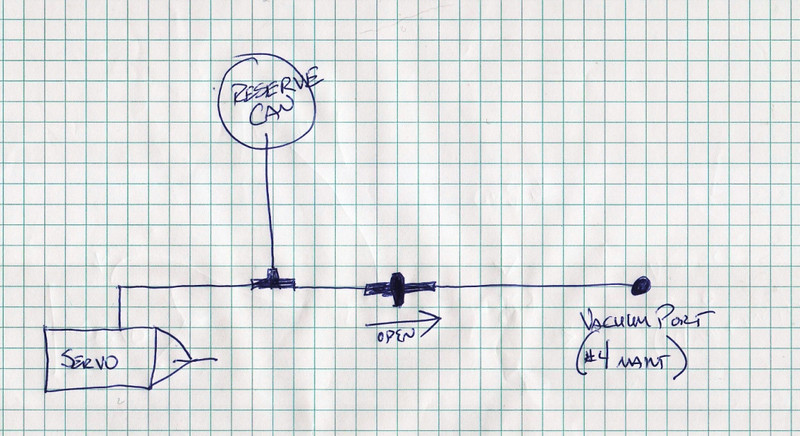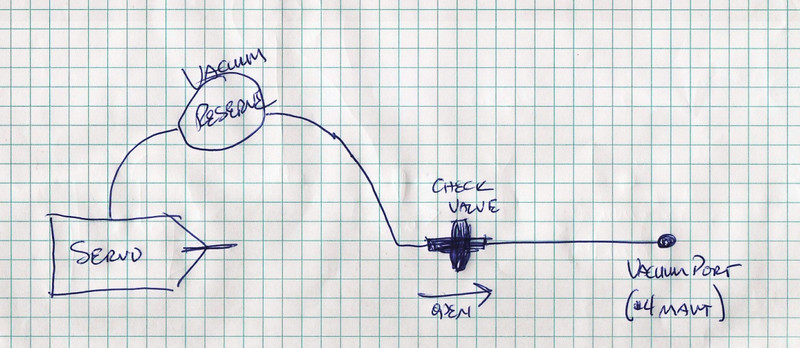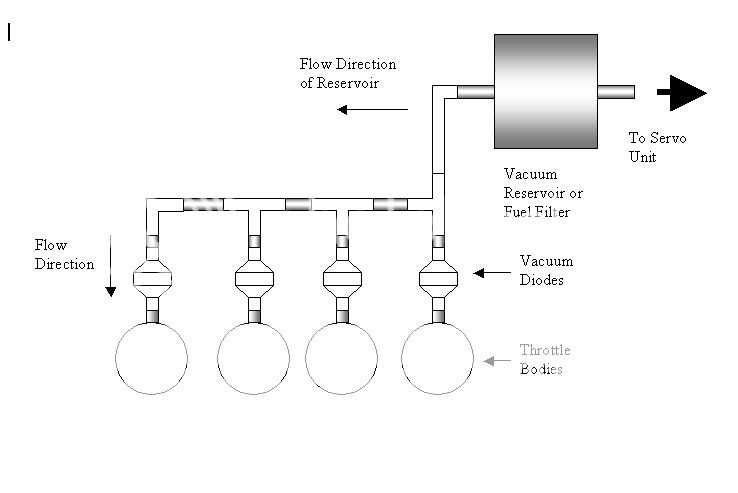BullCBX
Well-known member
This question concerns a GEN-I (2004) bike.
I working thru the CCS-100 install this weekend, I do not have a clear understanding of the in-line check valve and the reservoir piping. Can someone offer an explaination? I have searched several past threads where people have stated to use a check valve but I really cannot put my head around this concept. Any replies would be greatly appreciated.
BullCBX
I working thru the CCS-100 install this weekend, I do not have a clear understanding of the in-line check valve and the reservoir piping. Can someone offer an explaination? I have searched several past threads where people have stated to use a check valve but I really cannot put my head around this concept. Any replies would be greatly appreciated.
BullCBX


























